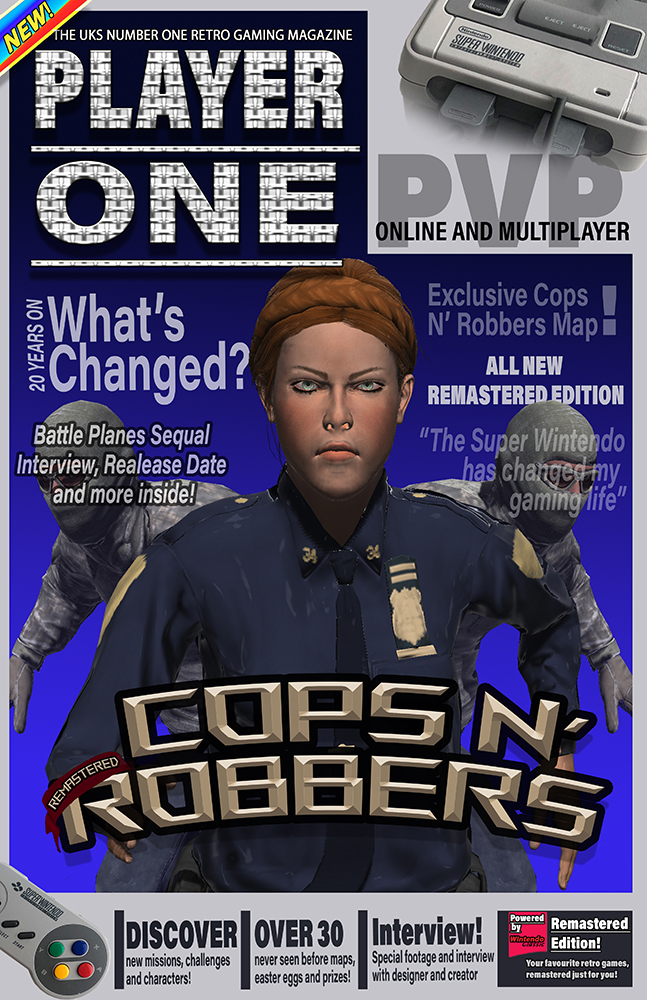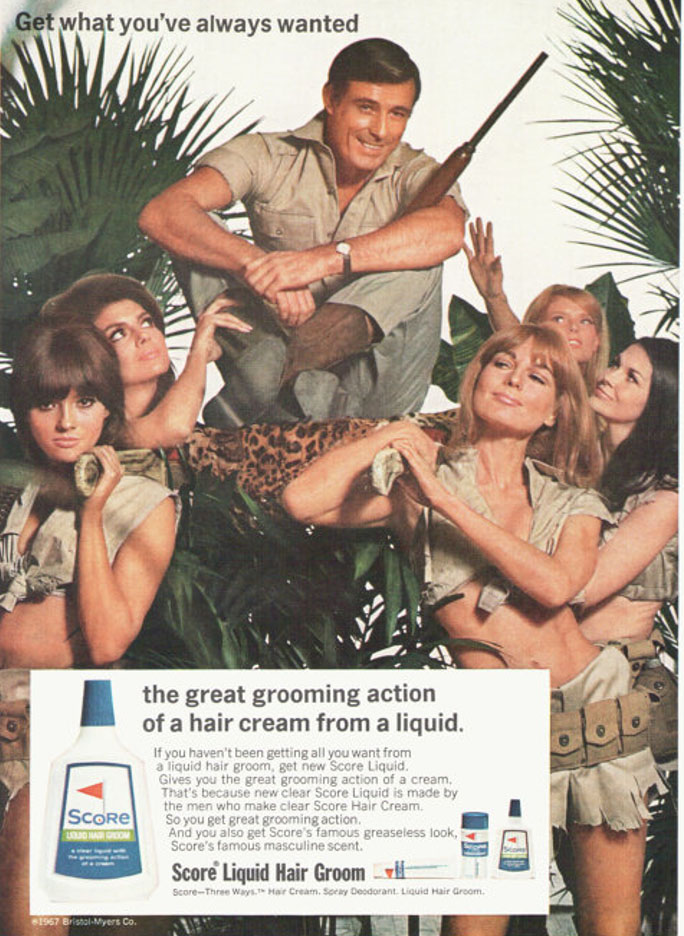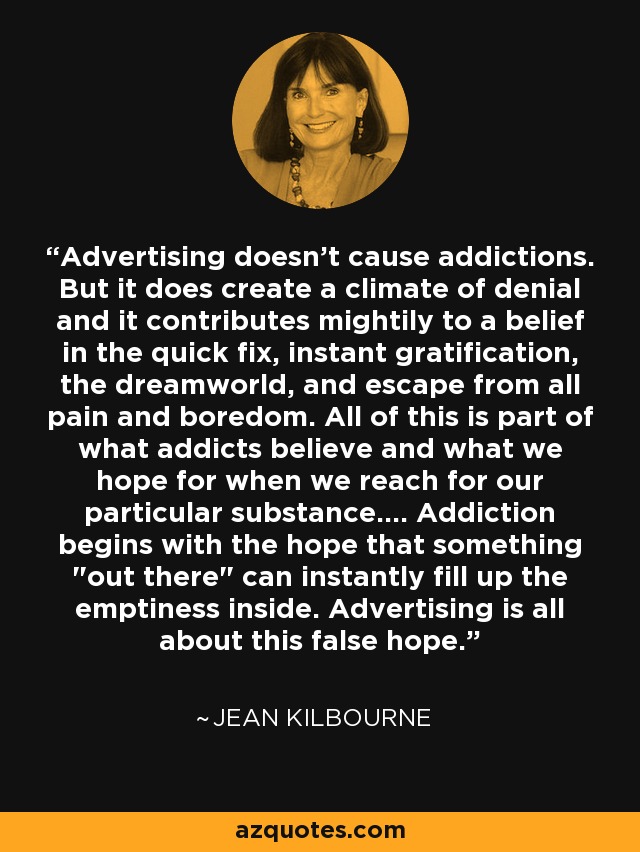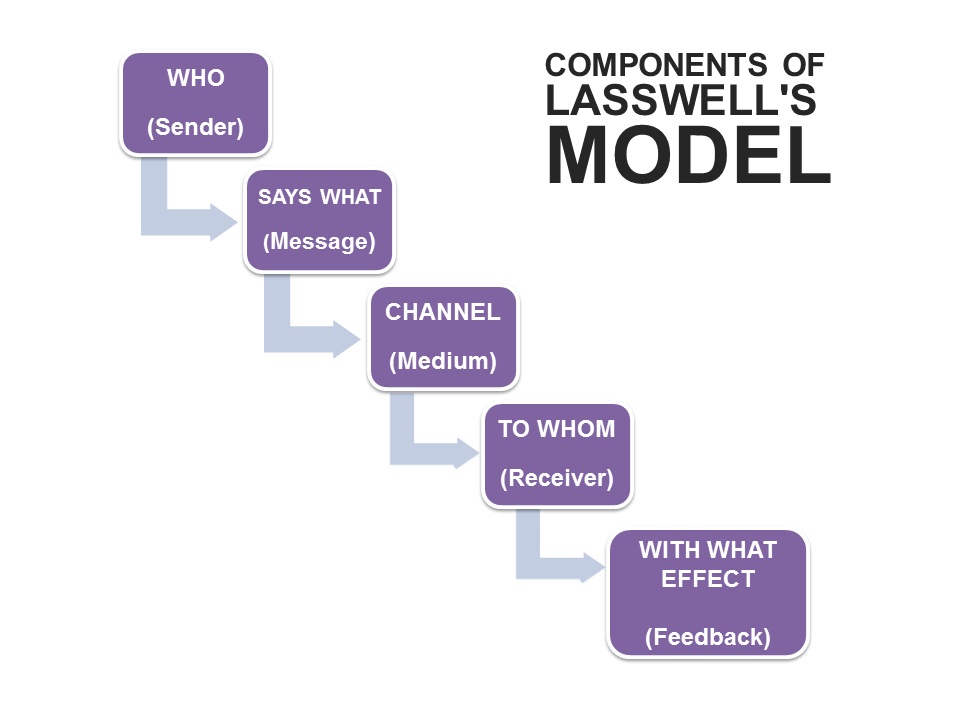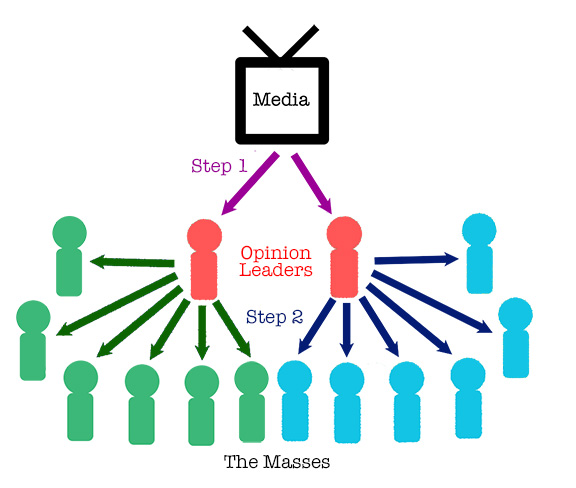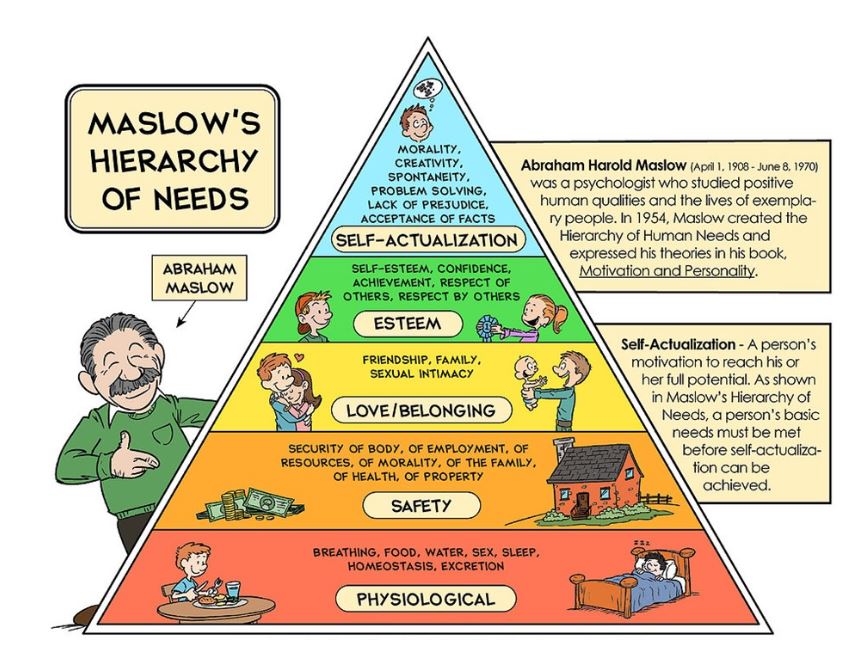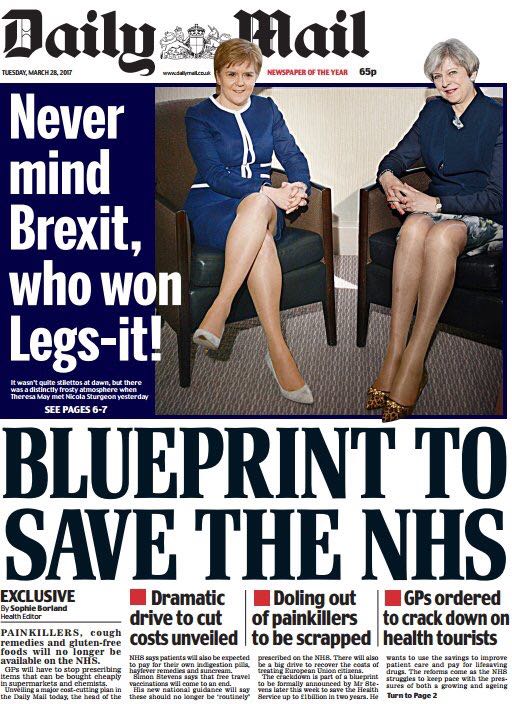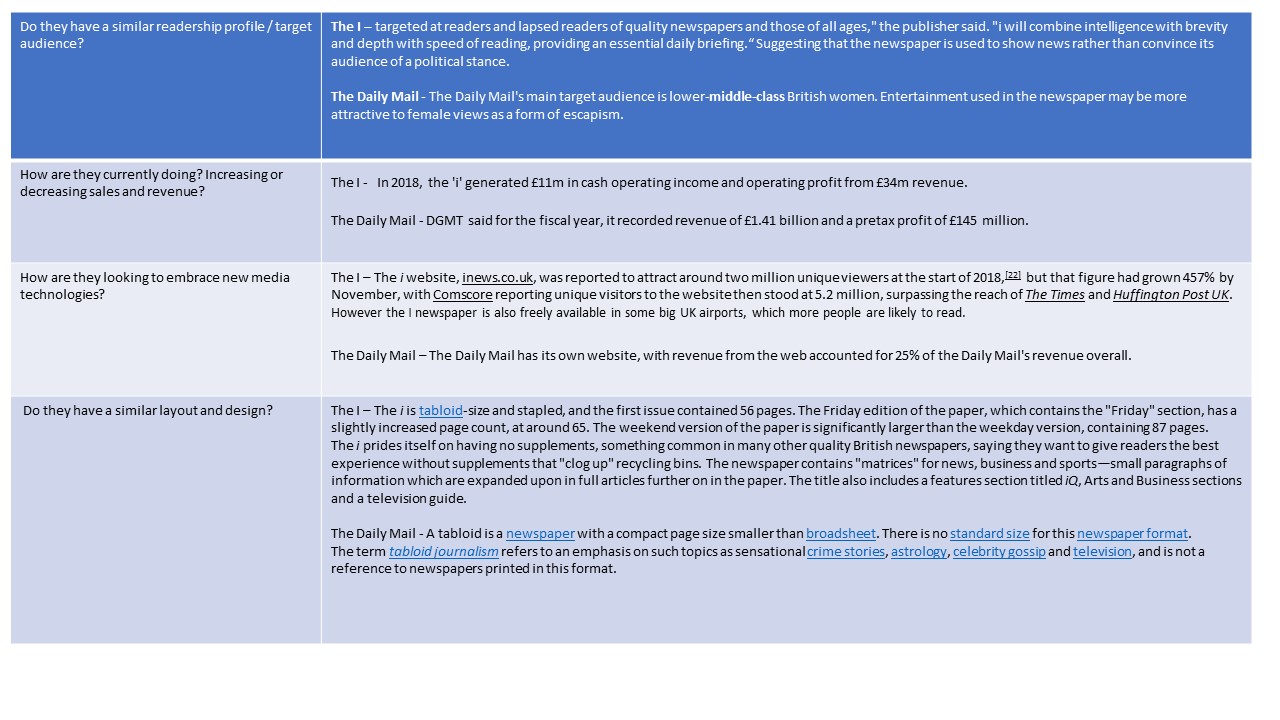Structure (institutions) is more important and have more power over individual agents = structure over agency
Lasswell –
Media has a direct and powerful influence
1920-30 – Hypodermic needle theory. In 1927 wrote Propaganda Technique in the World War which highlighted the brew of ‘subtle poison, which industrious men injected into the veins of a staggering people until the smashing powers . . . knocked them into submission’
Linear model of communication –
Who – Larlsa Brown
Says What – How British spies exposed and disrupted Russia’s cyber war on the Olympics ‘A Russian pilot to sabotage the Olympic games.
Channel – Article in the Daily Mail, Page 3
To Whom – British Public. main target audience of middle aged women
With What Effect – Captures attention easily, possibly false or more extreme/ exaggerated news
Editorial – What the newspaper/ Editor truly thinks
1949 – Shannon + Weaver
Transmission model of Communication, which included other elements, such as NOISE, ERROR, ENCODING and FEEDBACK. In other words, there is the suggestion that the process of sending and receiving a message is clear-cut, predicable or reliable and is dependent on a range of other factors that need to be taken into consideration. Theres more than just utterances between two people as communication is not that simple and may read it in a different way. Decoding and interpreting is different in different individuals. (criticise Laswells model)
1948 Paul Larzafeld – 2 step flow of communication
More likely to be influenced by others rather than institutions or media, meaning that the audience is active.
He recognised that a simple, linear model may not be sufficiently complex to understanding the relationship between message sent and message received.
. As such, in 1948 he developed the Two Step Flow model of communication, which took account of the way in which mediated messages are not directly injected into the audience, but while also subject to noise, error, feedback etc, they are also filtered through opinion leaders, those who interpret media messages first and then relay them back to a bigger audience.
1960s Uses + Gratification – McQuail, Blumler and Katz
In essence, they put forward research to show that individual audience members are more active than had previously been thought and were actually key to the processes of selection, interpretation and feedback. In essence, individuals sought particular pleasures, uses and gratifications from individual media texts, which can be categorised as:
- information / education
- empathy and identity
- social interaction
- entertainment
- escapism
Or categorised as: diversion, personal relationships, personal identity and surveillance.
Uses and Gratifications is also linked into Maslow’s hierarchy of needs as the audience is active. Argues that people actively looked to satisfy their needs based on a hierarchy of social and psychological desires.
1970s Gerbner
Cultivation theory suggests that exposure to media, over time, subtly “cultivates” viewers’ perceptions of reality. Gerbner and Gross assert: “Television is a medium of the socialization of most people into standardized roles and behaviours. Its function is in a word, enculturation”. Behaviour can be changed over time via exposure.
Cultivates predispositions and purposes.
Skinner VS Chomsky
Behaviourist VS Nativist
Skinner = conditioning
1980s Stuart Hall Theory of Preferred Reading
Stuart Hall = Black Academic = ‘The world is looking very white’
A critical theory that looked to analyse mass media communication and popular culture as a way of both uncovering the invidious work of the State and Big Business, as well as looking for ways of subverting that process. Hall was working at a time of great societal upheaval and unrest in the UK
Hall suggested that power, control and therefore, behaviour management cannot be exerted directly, wilfully and without resistance. Towards this aim he proposed the encoding/decoding model of communication, or the theory of preferred reading, where individuals are not only active in the process of interpretation and the construction of meaning, but they are also able to dismiss and reject dominant messages. Although it could be argued that we all take up different readings of different media, Hall proposed three distinct positions that could be occupied by individual viewers, determined, more or less on their subject identities.
- A dominant position accepts the dominant message
- A negotiated position both accepts and rejects the dominant reading
- An oppositional position rejects the dominant reading
This view presents people as producers and consumers of culture at the same time. It means they are active in the making (or rejecting) of meaning through mass communication
2000s Clay Shirky End of Audience
In many ways, Shirky is not too removed from the work of Hall, prioritising the power of individual agency in the relationship between audiences and institutions, for example, recognising how the audience can be both producers and consumers of media text. This can be realised in the realm of new (interactive) communication media, where individual communications can be made in what appears to be beyond State or commercial control and interest.
Shirky stated that, ‘the more ideas there are in circulation, the more ideas there are for any individual to disagree with.’ In other words, Shirky makes claim for the emancipation gained from new media technologies, liberating individual consumers from the behavioural management techniques of the State that were positioned as problematic by Hall, Althusser, Chomsky and others.
No mass audience only an individual mass audience
Links into intersectionality, an intersection of different subject positions – we are all fragmented and different, just a combination of thoughts, ideas and influences.
2019 edition – Zuboff – Surveillance Capitalism
Today’s means of behavioural modification are aimed unabashedly at “us.” Everyone is swept up in this new market dragnet, including teh pscyhodramas ofordinary, unsuspecting fourteen-year-olds approaching the weekend with anxiety. Every avenue of connectivity serves to bolster private power’s need to seize behaviour for profit. Where is the hammer of democracy now, when the threat comes from your phone, your digital assistant, your Facebook login? Who will stand for freedom now, when Facebook threatens to retreat into the shadows if we dare to be the friction that disrupts economies of action that have been carefully, elaborately, and expensively constructed to exploit our natural empathy, elude our awareness, and circumvent our prospects for self-determination? If we fail to take notice, how long before we are numb to this incursion and to all the incursions? How long until we notice nothing at all? How long before we forget who we were before they owned us . . . (p. 326)
Zuboff

